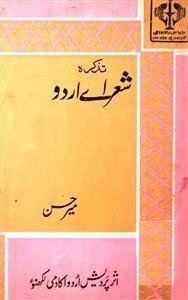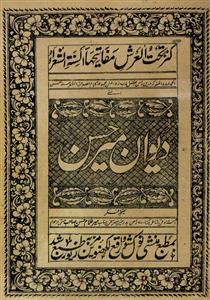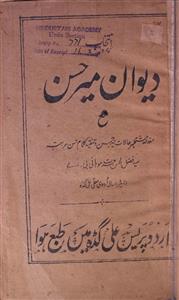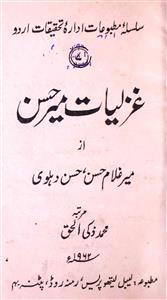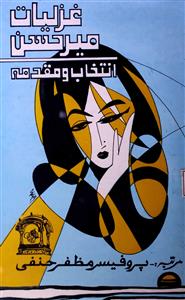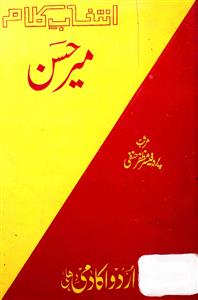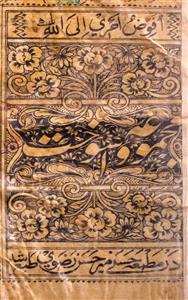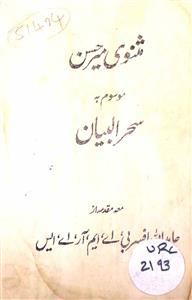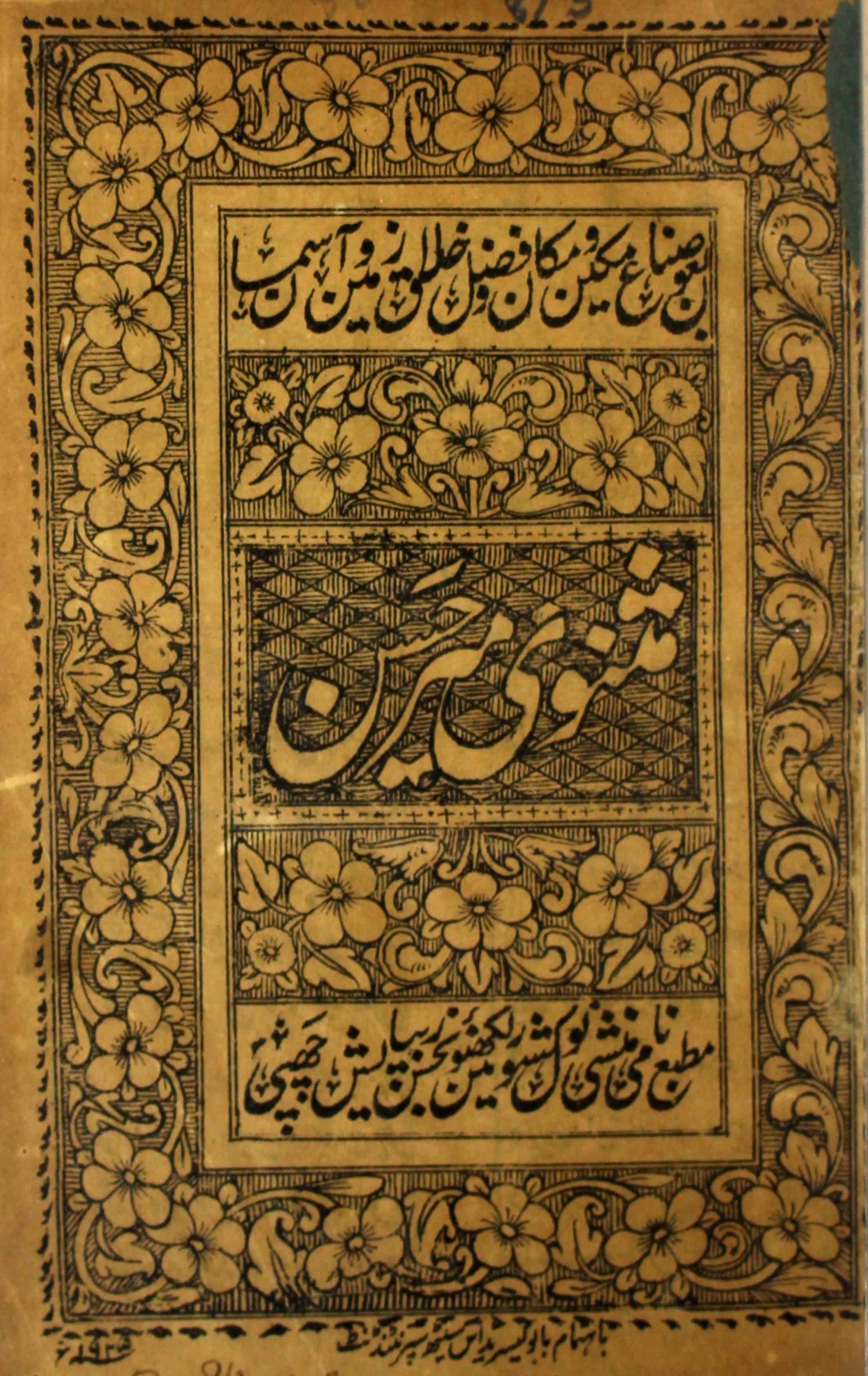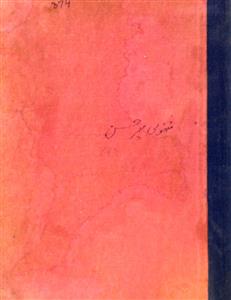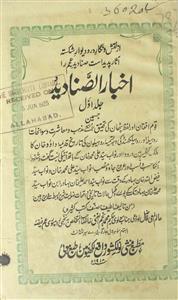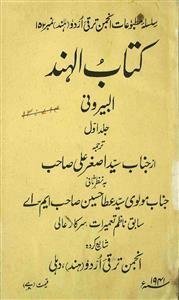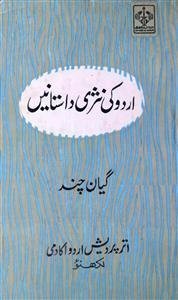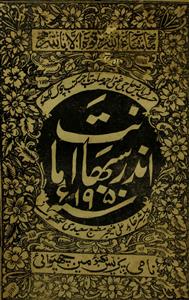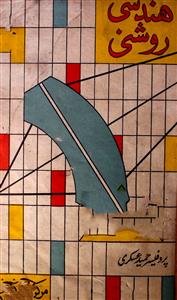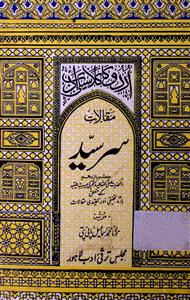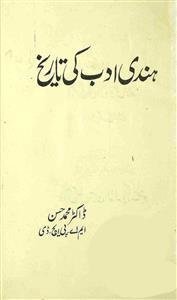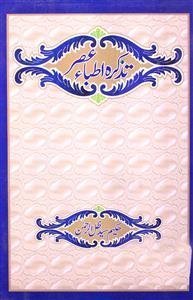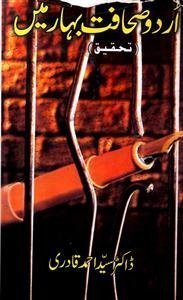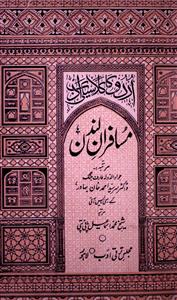 For any query/comment related to this ebook, please contact us at haidar.ali@rekhta.org
For any query/comment related to this ebook, please contact us at haidar.ali@rekhta.org
About The Book
فارسی میں میر حسن دہلوی کا مرتب کیا ہوا۔ اردو شاعروں کا تذکرہ ہے۔ سال تصنیف ان تاریخوں کی رو سے جو تذکرے درج ہیں۔ 1780ء ظاہر ہوتا ہے۔ لیکن مولانا حبیب الرحمن خاں شیروانی کی تحقیق کے مطابق 1774ء۔ 1778ء کے درمیان لکھا گیا ہے۔ اس تذکرے میں تقریباً تین سو شاعروں کا تذکرہ ہے۔ یہ تذکرہ تین ادوار میں منقسم ہے۔ پہلا دور ان شعرا کا ہے جو فرخ سیر سے پیشتر گزرے ہیں۔ دوسرا ان کا جو فرخ سیر کے بعد محمد شاہ کے زمانے تک ہوئے اور تیسرا میر حسن کے معاصرین کا۔ بڑی خوبی اس تذکرے کی یہ ہے کہ اس میں اکثر ہمعصر شعرا کا حال ملتا ہے۔ جو اگرچہ مفصل نہیں پھر بھی نہایت کارآمد ہے۔ اِس تذکرے کا مختصر سا دیباچہ ہے۔ اِس کے بعد بادشاہِ وقت شاہ عالم آفتاب کا ذکر ہے۔ اشعار کا انتخاب بہت خوبصورت ہے۔ شعراءکے حالات ردیف وار درج ہیں۔ میر نے کسی کی تنقیص یا بے جا تعریف سے گریز کرتے ہوئے بے لاگ تنقید کی ہے۔
About The Author
Meer Hasan Dehlavi is considered to be the foremost poet of mathnawi. He also practised other poetical forms but his fame rests primarily on his mathnawi entitled Sehr-ul-Bayan.
In his Tazkira-i-Shuara-i-Urdu, Meer Hasan has recorded his nam,e as Meer Ghulam Hasan. He used Hasan as his nom de plume. There is a difference of opinion about his date of birth. According to Qazi Abdul Wadood, he was born in 1717 but Malik Ram in his Tazkira-i-Maah-o-Saal has recorded 1740-41 as the year of his birth. Meer Hasan was born in the locality of Syed Wada in the walled city of Delhi. Because of the deteriorating condition of Delhi, he migrated to Awadh with his father, Meer Ghulam Hussain Zahik. Mus’hafi has related that Meer Hasan was only twelve years old at the time of his migration. After migration, he stayed in Faizabad where he got associated with the estate of Nawab Sarfaraz Jung, son of Nawab Nawab Salar Jung. When the capital shifted from Faizabad to Lucknow in 1775, he also shifted to Lucknow where he ultimately died.
 For any query/comment related to this ebook, please contact us at haidar.ali@rekhta.org
For any query/comment related to this ebook, please contact us at haidar.ali@rekhta.org
